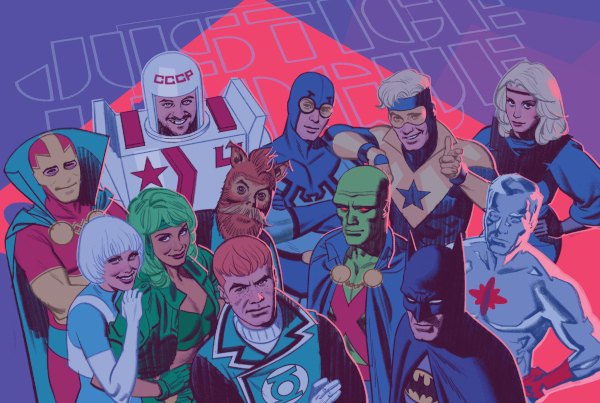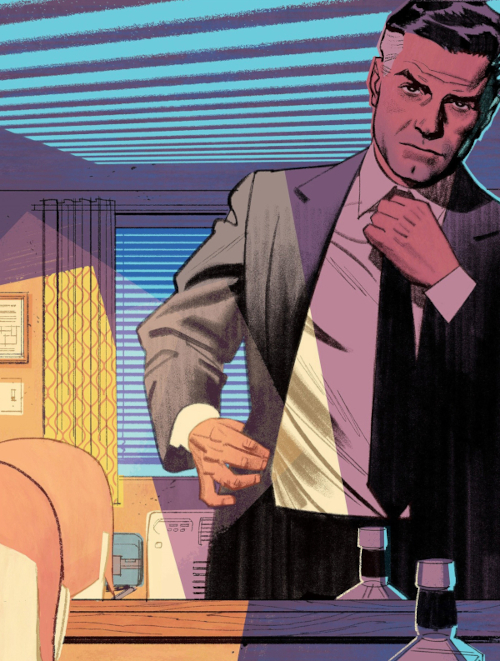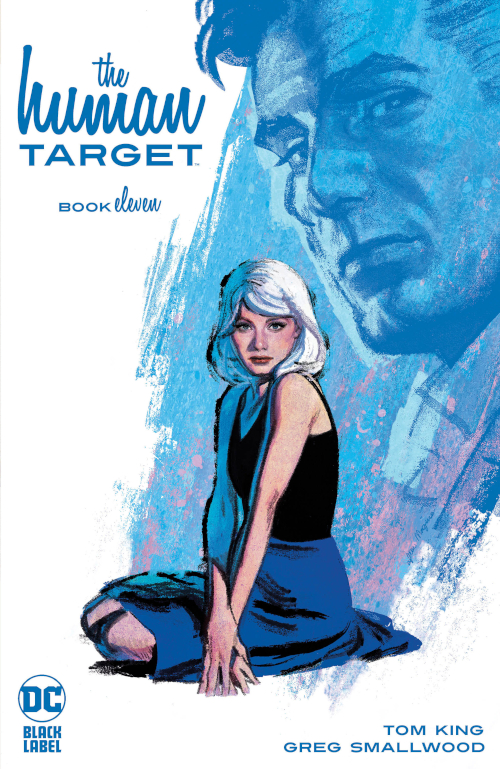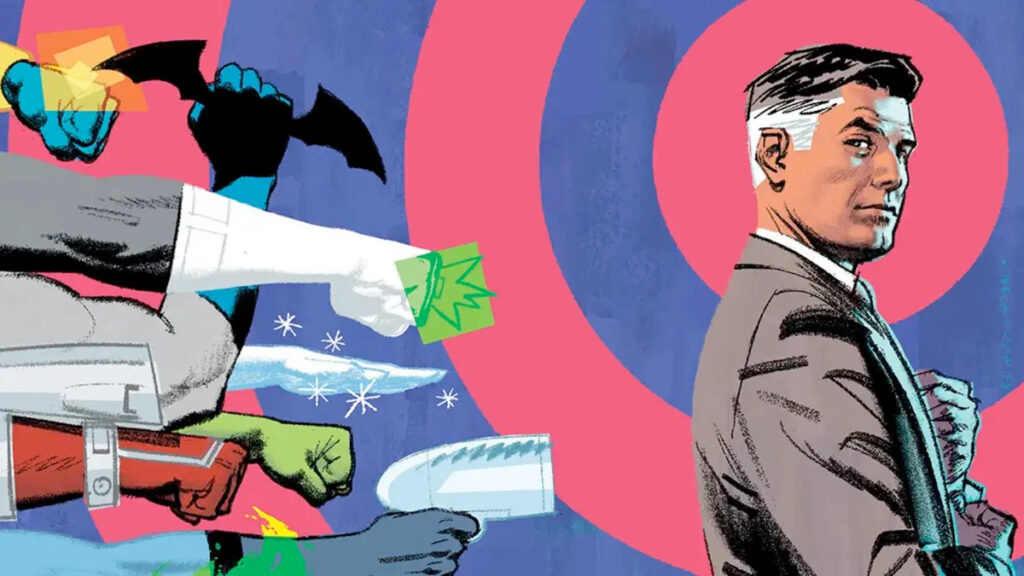The Human Target has one foot in the 1960’s and one foot in the 1990’s, yet feels completely fresh and timeless. It blends a niche genre (noir detective pulp thriller) with an even more niche superhero callback (a misfit team of B-grade Justice Leaguers) but creates a tale that’s universal in it’s appeal and accessibility. Writer Tom King’s 12-issue miniseries from DC comics unfolds very deliberately at it’s own pace, taking many twists along the way and by the end feels very much more than the sum of it’s parts.

The set-up of the plot is fairly straightforward; The Human Target (aka Christopher Chance) is a freelance bodyguard and troubleshooter of sorts, who finds himself the victim of a poisoning meant for his latest client, Lex Luthor. Although no antidote exists, Chance is able to slow the progress of the toxin for 12 days, buying him time to track down the killer and perhaps bring some closure to his life. As a plot hook, that’s fairly standard for 40’s/50’s noir thrillers; the twist here is that the prime suspects appear to be one (or more) members of a beloved iteration of the Justice League, namely Justice League International published over multiple titles from 1987-1992.

Masterminded by plotter Keith Giffen, and supported by scripter JM Dematteis and artist Kevin Maguire, the Justice League International run was a smash hit with readers at the time, and is still looked back upon very fondly now, because there hasn’t really been anything like it since. The winning blend of earnest superheroics, with self-deprecating humour, and most importantly, genuine camaraderie amongst it’s likeable cast created a uniquely enjoyable reading experience that has probably been most closely matched by James Gunn’s Guardians of the Galaxy movies for Marvel.

Tom King took a big risk by using such beloved characters, especially in such a deconstructive plot, but he managed to capture the voices and characteristics pretty perfectly, without seeming too forced or contrived. He’s very good at spinning these sort of revisionist storylines, with one of his most successful being The Visions (adapted in part for Disney+ as the WandaVision series). Artist Greg Smallwood deserves a lot of credit for pulling off this balancing act also; his presentation of the JLI is as quirky and charming as they’ve ever looked, and his depiction of Christopher Chance is dripping with the suave charisma that Cary Grant or George Clooney would have brought to the role.

More than that, Smallwood’s art is just beautiful to look at. Colours are vivid and bright, applied in simple geometric blocks to evoke the advertising and illustrations of 60’s Americana. His storytelling is engrossing, from a microscopic attention to body language, opening out to beautiful vistas and landscapes. You’ll struggle to find a better looking comic from the last few years. The icing on the cake is that the cover for every single issue is presented in the distinct styling of a period pulp novel or movie poster.

If I was a betting man, I’d say that big things are coming for the JLI in the future. James Gunn (remember him from above) is now in charge of the Warner Brothers slate of DC superhero movies, and has already announced the introduction of 3 key members to upcoming tv shows and movies, Ted Kord, Guy Gardner and Booster Gold. At time of writing, unfortunately the news has been shared that Keith Giffen, the original driving force of this iteration, passed away from a stroke last week. I’ve not read whether or not he enjoyed Taylor’s interpretation of this dynamic in The Human Target; but I suspect he would have loved it. I think you will too.


